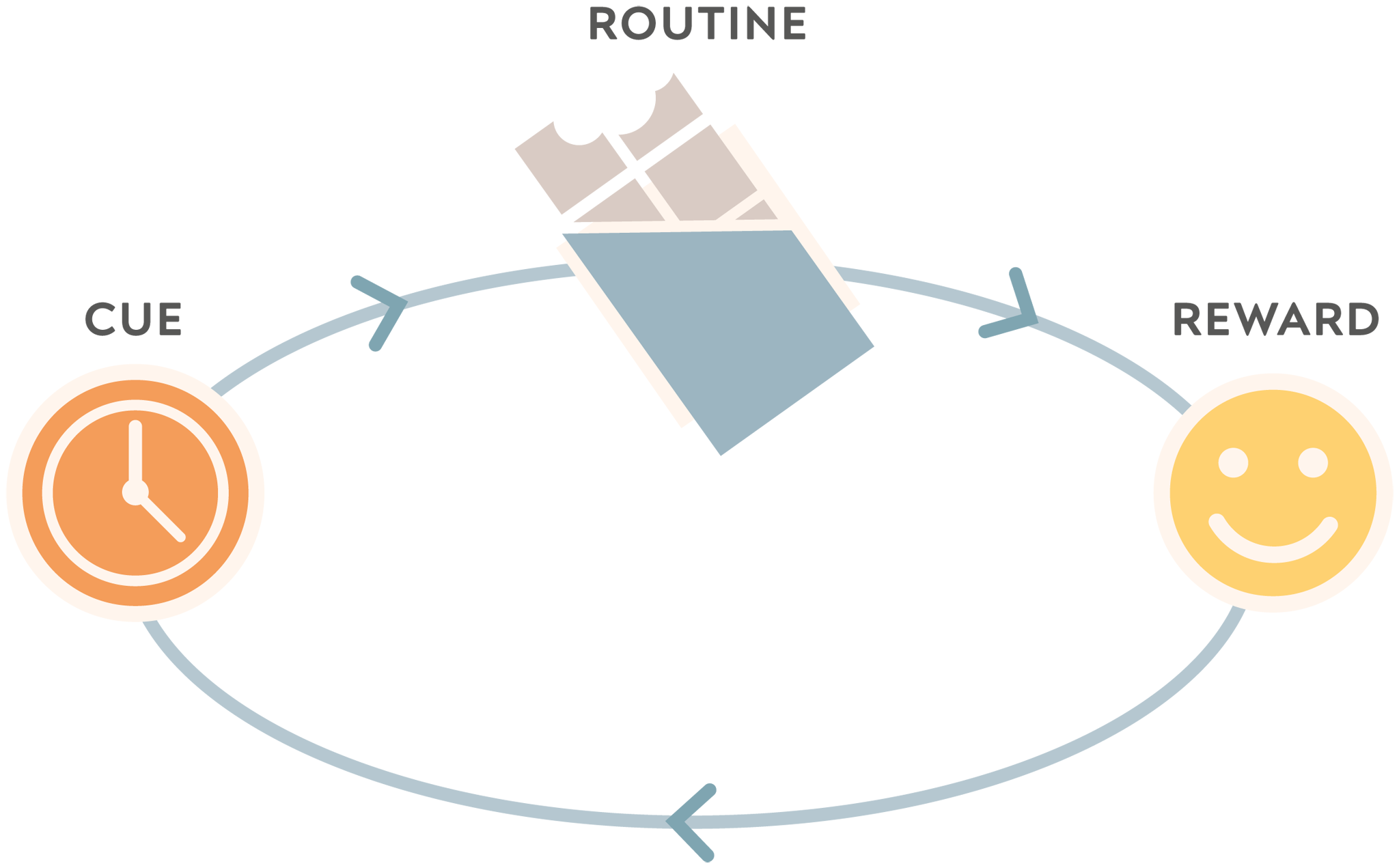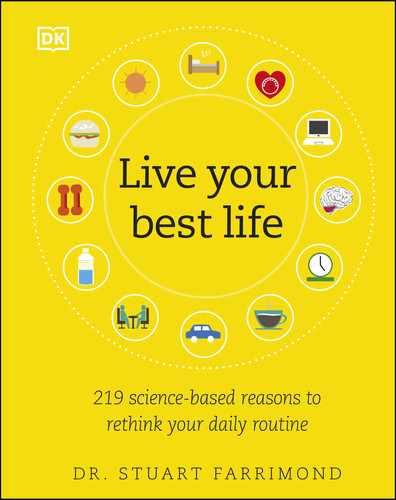How Can I Swap My Bad Habits for Better Ones?
Our habits are formed away from the control of the brain’s conscious, decision-making frontal lobes—and their deep neural connections can’t be severed overnight.
Deep in the brain, habits form in the “habit hub” in the basal ganglia—the same place that muscle memory forms. Each time you perform a certain action, your brain releases the “well done” hormone dopamine. Over months or years of repetition, the neural connections between the habit hub and the reward centers strengthen, and for better or worse, the habit sticks.
A habit becomes a problem—or an addiction, if you will—when it causes us harm or we feel that we no longer have control over it or we need to do it in increasing amounts just to feel normal. Anything that delivers a particularly powerful dopamine boost has the potential to become your main source of pleasure. Drugs such as alcohol or nicotine ensnare people so well because they chemically deliver an unnaturally large dopamine release—up to 10 times the amount a “natural” reward does. The reward system is quickly hijacked, replacing the natural flow of dopamine so that we soon need the drug just to feel “normal” levels of pleasure.
The genes that determine our dopamine circuitry play a large part in how quickly we can become hooked on a habit, but our environment may be equally important. We know that good connections with others and a sense of purpose and belonging makes dependency far less likely.
You may have heard that it takes 21 days to break a habit—alas, this is a piece of armchair-psychology nonsense from the 1960s. For daily habits such as drinking a glass of water after breakfast to doing 15 minutes of exercise a day, it takes an average of 66 days to stick—but others can take as few as 18 or as many as 254 days. How much the habit breaks your norm, your motivation to change, the satisfaction you feel, the complexity of the habit, as well as your individual personality, all have a bearing.

How habits work
All habits have a basic flow: you feel an urge to do something, you do it, it feels good, so you get the urge to do it again. If you have a snack most afternoons, soon a glance at the clock will trigger (or cue) your cravings.
Want to learn healthier habits?
1
avoid negative triggers, such as walking past a favorite bar. Instead, facilitate new triggers; for instance, put running shoes in plain view to prompt you to put them on and do some pleasurable exercise.
2
Break or make the behavior by simply doing the new habit as much as you can. Each time you do, you’re strengthening the new neural connections in your brain, embedding the new routine.
3
Nurture the reward—if you take time to savor and appreciate the mood-lifting buzz of a new habit such as exercise, this can help a new fitness routine stick.
Nicotine—the highly addictive drug in tobacco—exerts powerful dopamine-pumping powers. Within seven seconds of you inhaling tobacco smoke, nicotine has bound to microscopic “nicotinic” receptors on brain cells, making the reward pathway fire feel-good pulses of dopamine. Although the taste is horrible, a few smokes over several days makes the brain produce even more nicotine receptors. We then must inhale ever-more nicotine to get the same pick-me-up effect—and cravings start when we try to starve these extra nicotine receptors. Smoking doesn’t ease anxiety but merely quells the uncomfortable withdrawal symptoms generated by those needy receptors.
